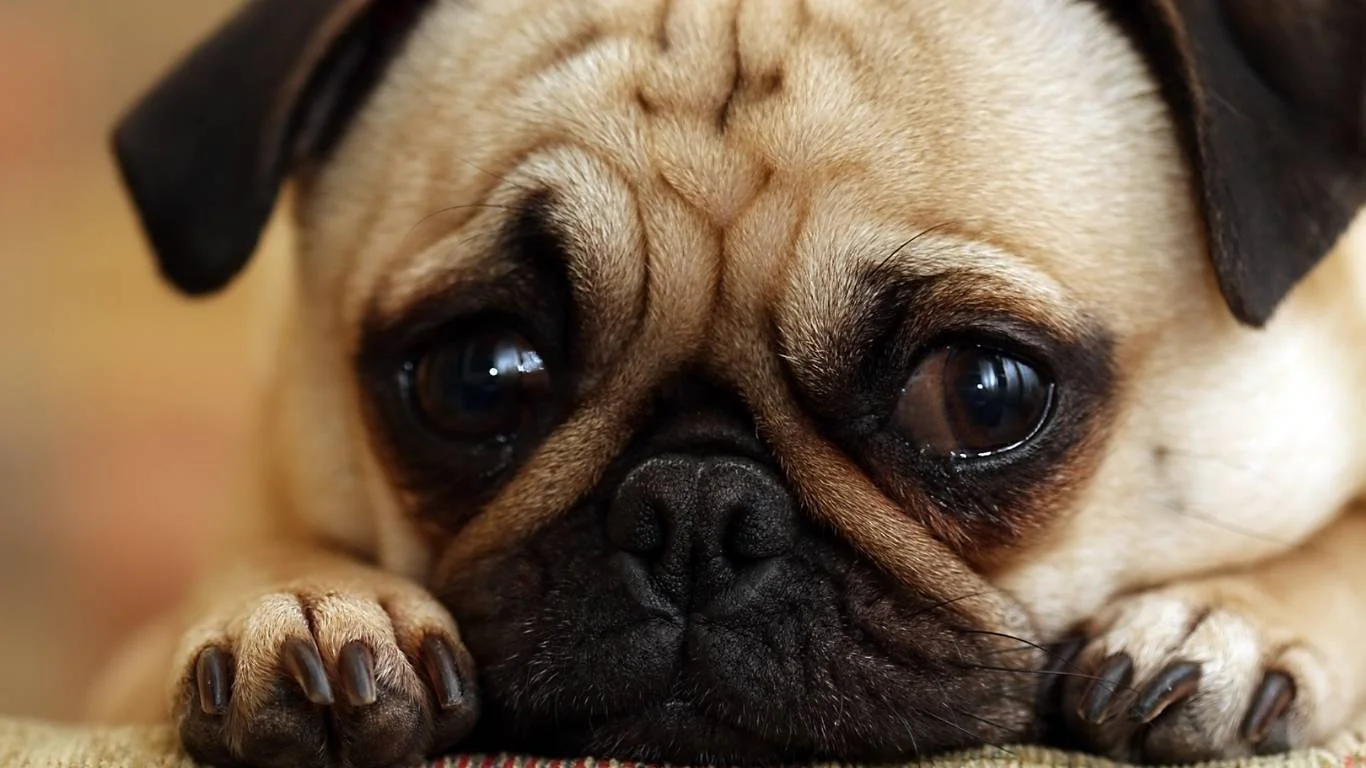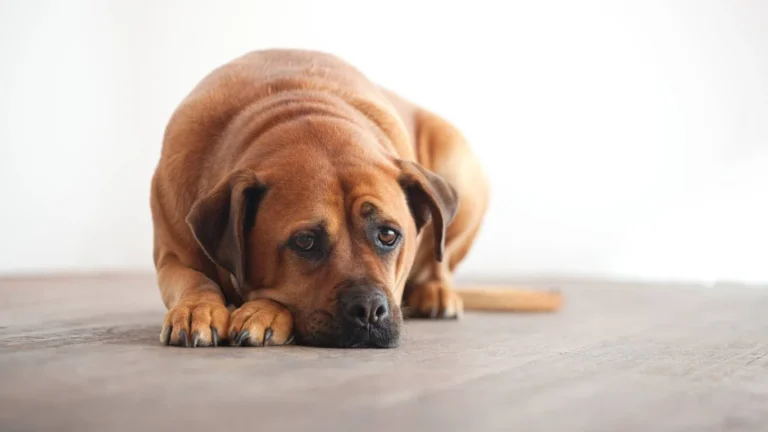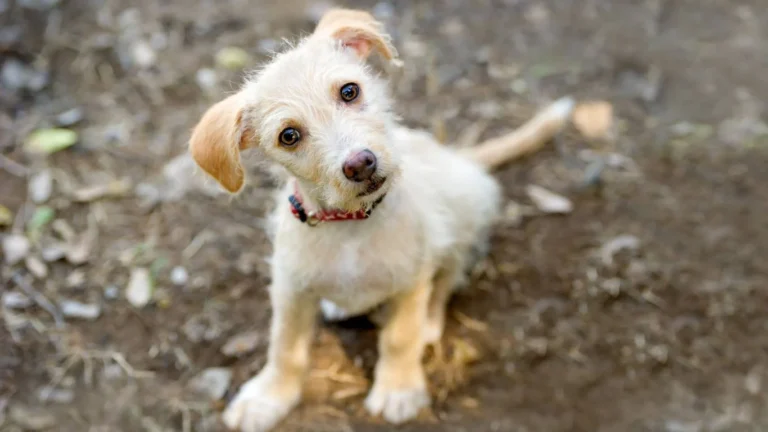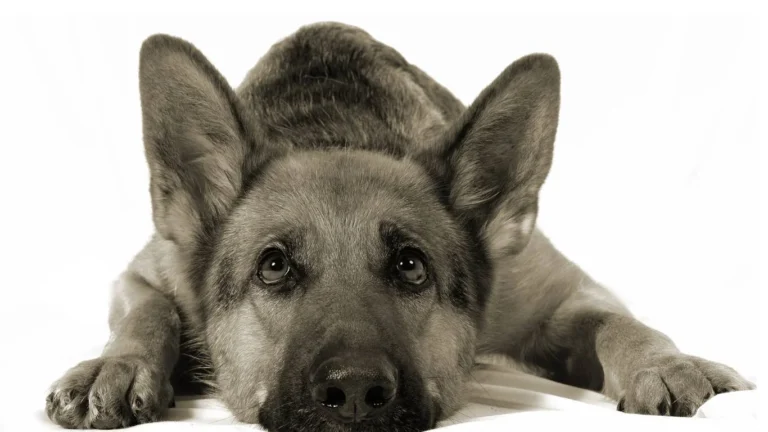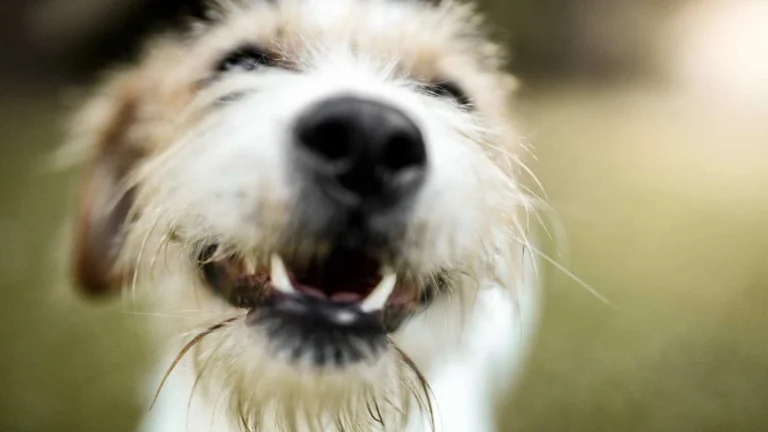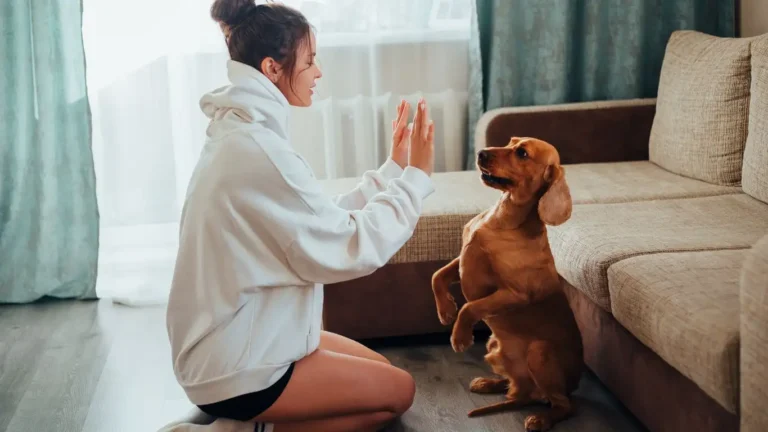What to Do If Your Dog Ingests a Foreign Object: Urgent Survival Guide
If you’re a dog owner, you know how curious these lovable furballs can be. They’re always sniffing around, getting into everything, and sometimes they end up eating things they shouldn’t. If your dog has ingested a foreign object, it can be a terrifying experience. As a Veterinary Assistant with a focus on nutrition, I’ve seen firsthand how scary these situations can be for pet owners. In this article, we’ll go through what you need to do if your dog swallows something that isn’t meant to be eaten, and how to handle the situation effectively. The more prepared you are, the better you can help your dog in times of distress.
What Happens When Dogs Ingest Foreign Objects?
When dogs eat things that aren’t food, the outcomes can vary widely. Foreign objects can get stuck in their stomach, intestines, or throat, potentially causing blockages or even dangerous tears in the digestive system. Some items, like small pieces of plastic, fabric, or bones, can cause choking or be lodged in their throat, which may require immediate action.
Sometimes, the object will pass through the digestive tract without causing harm, but other times, it might lead to an emergency situation. As a pet parent, it’s important to know the signs that your dog has ingested something dangerous and how to react quickly.

Common Symptoms of Ingesting Foreign Objects
If your dog has eaten something they shouldn’t have, you’ll want to keep an eye out for symptoms that could indicate a blockage or other complication. These symptoms can appear within a few hours, but sometimes they take a little longer to show up. Here are some common signs to watch for:
- Vomiting: One of the most common signs that something’s wrong. If your dog is vomiting repeatedly, especially after eating, it could indicate an obstruction.
- Loss of Appetite: If your dog’s acting lethargic and doesn’t want to eat, it could be due to pain or discomfort caused by the foreign object.
- Excessive Drooling: Dogs that are in pain or feeling nauseous might drool more than usual.
- Abdominal Pain: If your dog is squirming, whining, or trying to vomit without success, they might have stomach pain. You might even notice them licking their lips or licking the air.
- Changes in Bowel Movements: If your dog isn’t able to pass stools or if there’s a noticeable change in their feces, this could indicate a blockage.
What to Do Immediately After Your Dog Swallows a Foreign Object
First things first—stay calm! Panicking won’t help your dog, and it certainly won’t help you make sound decisions. Take a deep breath, assess the situation, and follow these steps to give your dog the best chance for a positive outcome.
1. Check for Signs of Choking
If your dog seems to be struggling to breathe, choking could be the issue. Look for any signs that your dog is in respiratory distress, such as:
- Gasping for air or wheezing
- Pausing mid-breath
- Open-mouth breathing
If you suspect your dog is choking, it’s critical to act fast. Do not try to pull the object out unless you can see it easily and it’s safe to do so. If your dog’s breathing is severely compromised, seek immediate help from a veterinarian or animal emergency hospital.
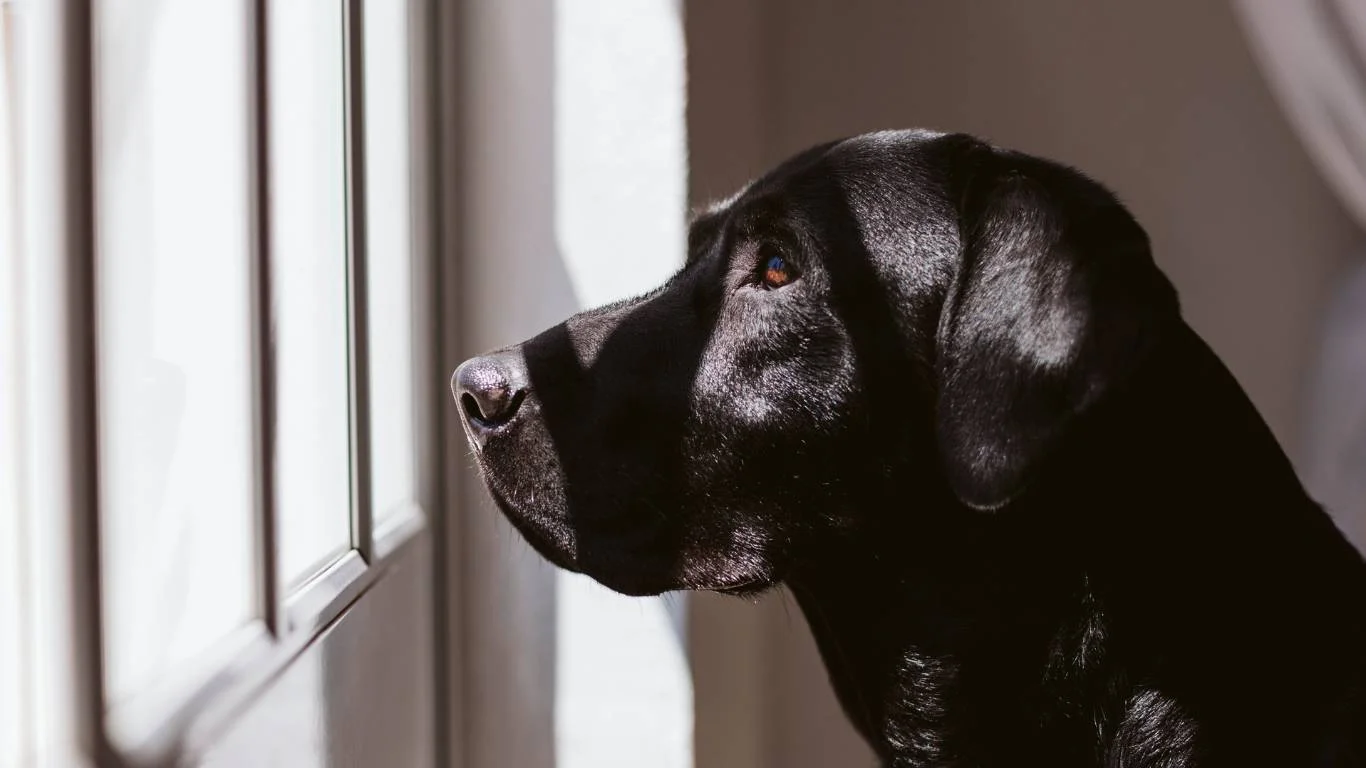
2. Assess What Your Dog Ate
Try to determine exactly what your dog ingested. Was it a plastic toy? A sock? A bone? Knowing the item will help the vet make a more accurate diagnosis and decide on the best course of action. If possible, bring the object with you to the vet (or a picture of it if you can’t retrieve it). This will help them understand the nature of the foreign object and the potential risks.
If you don’t know what your dog ate, it’s still important to provide as many details as possible, like:
- The size of the object
- When it was ingested
- Your dog’s breed, size, and age
- Any symptoms your dog is displaying
3. Don’t Try to Induce Vomiting Without Guidance
You might have heard that inducing vomiting is a good way to deal with a dog that’s swallowed something harmful. While it can be effective in some situations, it’s not always the best approach, and in some cases, it can even make things worse. For example, if the object is sharp or large, inducing vomiting could cause injury to your dog’s throat or esophagus.
Always call your vet or an emergency animal hospital before attempting to make your dog vomit. They will provide guidance based on the specifics of the situation and let you know the best course of action. In some cases, your vet might even advise waiting to see if your dog passes the object naturally, depending on its size and type.
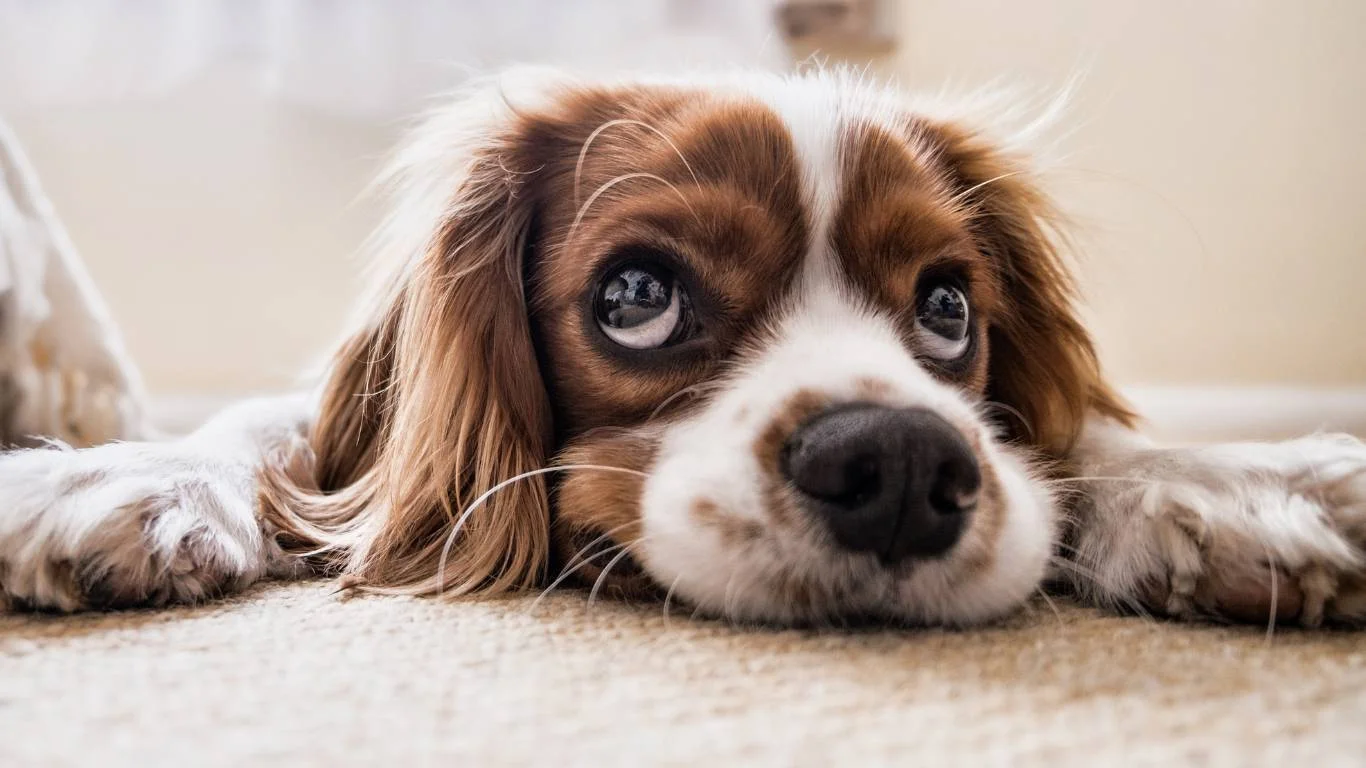
When to Call Your Veterinarian
If your dog has ingested a foreign object, even if they seem fine at first, you should always call your vet or an emergency clinic. Don’t wait to see if symptoms develop, as time is often of the essence in these situations. Your vet will assess whether immediate intervention is necessary or if it’s safe to monitor your dog at home.
Be prepared for a possible trip to the vet, as your dog might need diagnostic tests like X-rays or an ultrasound to determine where the object is located and how to safely remove it. If surgery is needed, your vet will explain the risks and help you make the best decision for your dog’s health and safety.
What to Expect During Veterinary Treatment for Foreign Object Ingestion
Once you’ve contacted your veterinarian or reached an emergency clinic, they’ll likely recommend an exam to determine the severity of your dog’s condition. Based on my experience working as a veterinary assistant, I’ve seen that many pet owners aren’t sure what happens next. It’s a stressful time, but understanding the process can help alleviate some of that anxiety. Here’s what you can expect:
1. Physical Examination and Health Assessment
When you arrive at the veterinary clinic, the vet will begin by conducting a thorough physical exam. They’ll check your dog’s vital signs, such as temperature, heart rate, and respiratory rate, to assess if there’s any immediate distress. They’ll also look for signs of pain or discomfort by gently palpating your dog’s abdomen or other areas that might be impacted by the foreign object.
The vet will ask for as much information as possible about the situation—what the object might have been, when your dog ingested it, and what symptoms they’ve been showing. The more details you provide, the easier it will be for them to make a fast and accurate diagnosis.
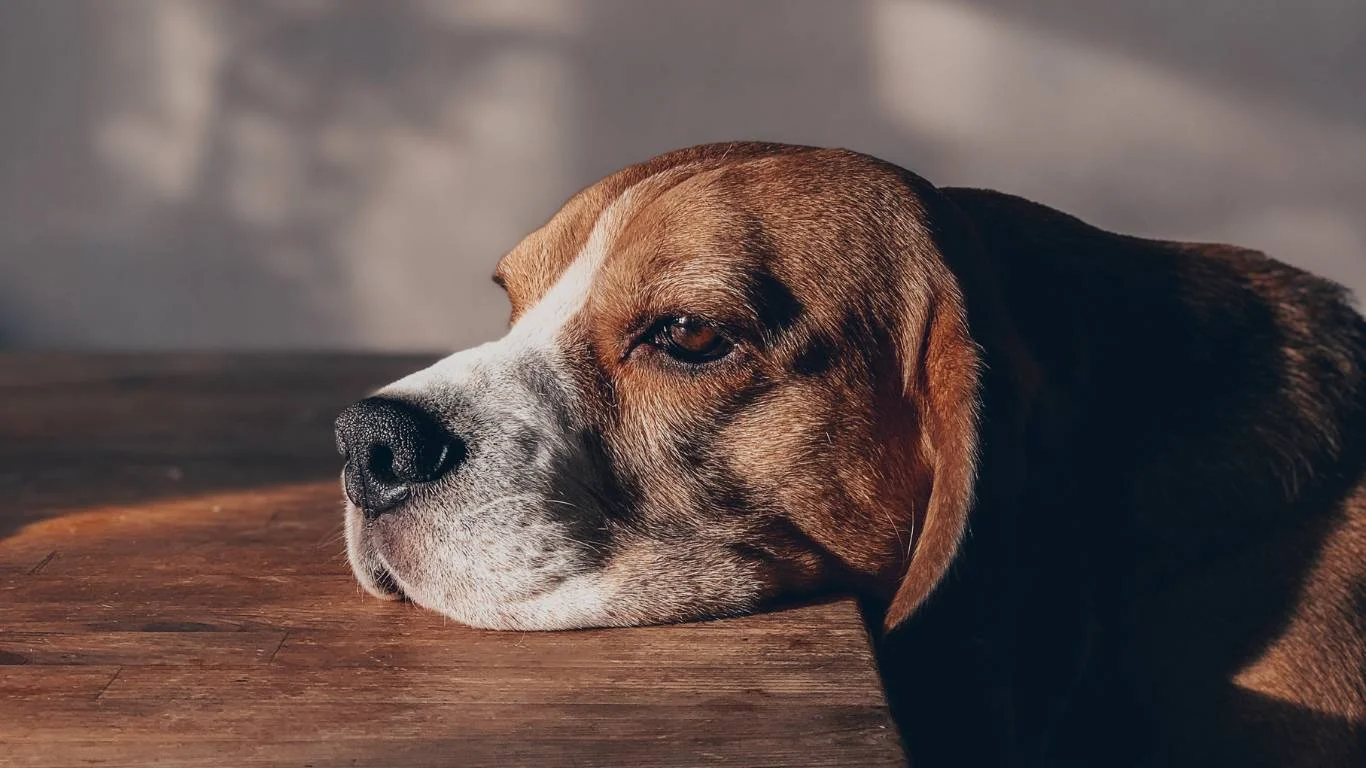
2. Diagnostic Imaging: X-Rays and Ultrasounds
Once the vet has completed the physical exam, they will likely recommend diagnostic imaging, such as X-rays or an ultrasound. In my time assisting at the clinic, I’ve seen how helpful these tools are in pinpointing the location of the foreign object, its size, and how much damage it may have caused. X-rays can identify objects like bones, plastic, or metal, while an ultrasound may be used for softer materials or if the object is located in a place that’s hard to visualize with X-rays alone.
These tests allow the vet to visualize the object’s position in your dog’s digestive system, and they can determine if the object is causing a blockage or if there’s any risk of injury to the intestines, stomach, or other organs. The results will help your vet decide on the next steps for treatment.
3. Non-Surgical Treatment Options
If the foreign object is small and hasn’t caused significant harm, your veterinarian might recommend non-surgical options to help your dog pass it naturally. Depending on the object and your dog’s condition, they might suggest one of the following methods:
- Inducing Vomiting: If the object is still in the stomach and hasn’t caused too much damage, your vet may choose to induce vomiting. This can be effective if the foreign object is small and not too sharp or large.
- Giving Laxatives or Enemas: Sometimes, your dog’s digestive system just needs a little extra help. Laxatives or enemas might be prescribed to encourage the foreign object to pass through the intestines safely.
- Observation: In some cases, if the object seems to be in a position where it’s unlikely to cause harm, your vet might suggest a wait-and-see approach. You may be asked to monitor your dog closely for signs of distress or a blockage, and if nothing changes, they may pass the object naturally.
Keep in mind that these methods may not always be effective, and your vet may decide that more aggressive measures are needed depending on the type of object and how long it’s been inside your dog’s system.
When Surgery is Necessary
While many foreign objects can be passed safely through a dog’s digestive system, there are times when surgery is required. This decision is typically made when the object poses a greater risk or is causing a blockage, injury, or infection. I’ve witnessed this firsthand, and it’s always a difficult moment for pet owners. However, surgery is sometimes the best and safest option for your dog.
1. Blockages or Obstructions
In cases where the object is too large to pass naturally or is stuck in a narrow part of the digestive tract, such as the intestines or stomach, your vet may recommend surgery to remove it. Blockages can be very dangerous, as they prevent food, water, and digestive fluids from passing through the system. This can lead to dehydration, discomfort, and, in extreme cases, life-threatening situations.
If your dog is unable to pass the object on their own and their condition is worsening, surgery may be necessary to relieve the blockage and prevent further complications.
2. Sharp Objects or Toxic Materials
If your dog has ingested a sharp object, like a bone fragment, or something that could be toxic (e.g., certain household chemicals or plants), immediate surgery might be required to avoid internal damage or poisoning. Sharp objects can puncture or tear the intestinal walls, leading to internal bleeding and infection. Toxic objects may also cause systemic damage, and removing them quickly can prevent further harm to your dog.
3. Minimally Invasive Surgery Options
In some cases, a minimally invasive procedure called laparoscopy might be an option. This technique uses small incisions and a camera to locate and remove the foreign object. Laparoscopic surgery generally has a shorter recovery time compared to traditional open surgery, but it’s still a big decision that your vet will make based on the specific circumstances.
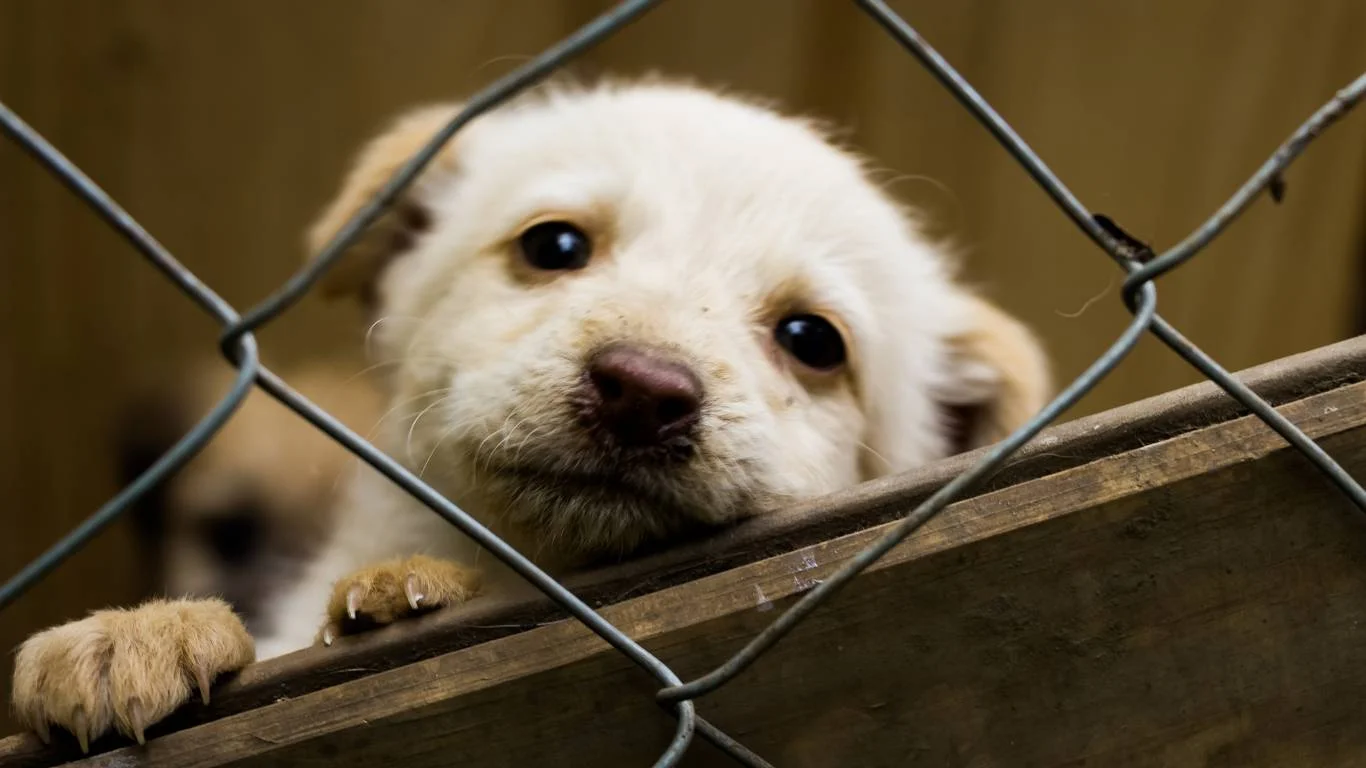
Post-Surgery Recovery: What to Expect
If surgery is required, your dog will need time to recover. The process can vary depending on the type of surgery and how invasive it was, but there are a few common things to expect. From my experience, it’s always good to stay informed about the recovery process, so you’re ready for what comes next.
1. Hospital Stay
Depending on the severity of the situation, your dog may need to stay at the clinic for observation for a few days after surgery. Your vet will want to monitor their vital signs and ensure there’s no infection, bleeding, or other complications. This is especially important if the object caused significant damage to the digestive tract or surrounding areas.
2. At-Home Care
Once your dog is stable and ready to go home, you’ll be given instructions on how to care for them. This may include restricting their activity, administering pain medications, and possibly using an Elizabethan collar (or “cone”) to prevent your dog from licking or chewing at the incision site. You might also need to modify their diet for a while to allow their digestive system to recover.
3. Follow-Up Appointments
Your vet will likely schedule follow-up appointments to ensure that your dog is healing properly. These visits will allow the vet to check the incision, monitor your dog’s appetite and behavior, and ensure there are no complications arising from the surgery.
Conclusion
As stressful as it can be when your dog ingests a foreign object, remember that with quick action and the guidance of a veterinarian, most dogs recover without any long-term issues. By staying calm, being aware of the symptoms, and seeking professional help when needed, you can ensure that your furry friend gets the care they need in a timely manner. Don’t hesitate to reach out to your vet if you’re ever unsure about what to do. After all, they’re there to help you navigate these tough situations!
Preventing Your Dog from Ingesting Foreign Objects
Now that we’ve covered what to do if your dog ingests a foreign object and how treatment and recovery typically go, let’s talk about prevention. From my years working as a veterinary assistant with a nutrition focus, I can’t emphasize enough how much easier it is to prevent these scary situations than to treat them. Trust me—once you’ve seen a Labrador pass a pair of socks (yes, really), you start recommending prevention tips to every dog parent who walks through the door.
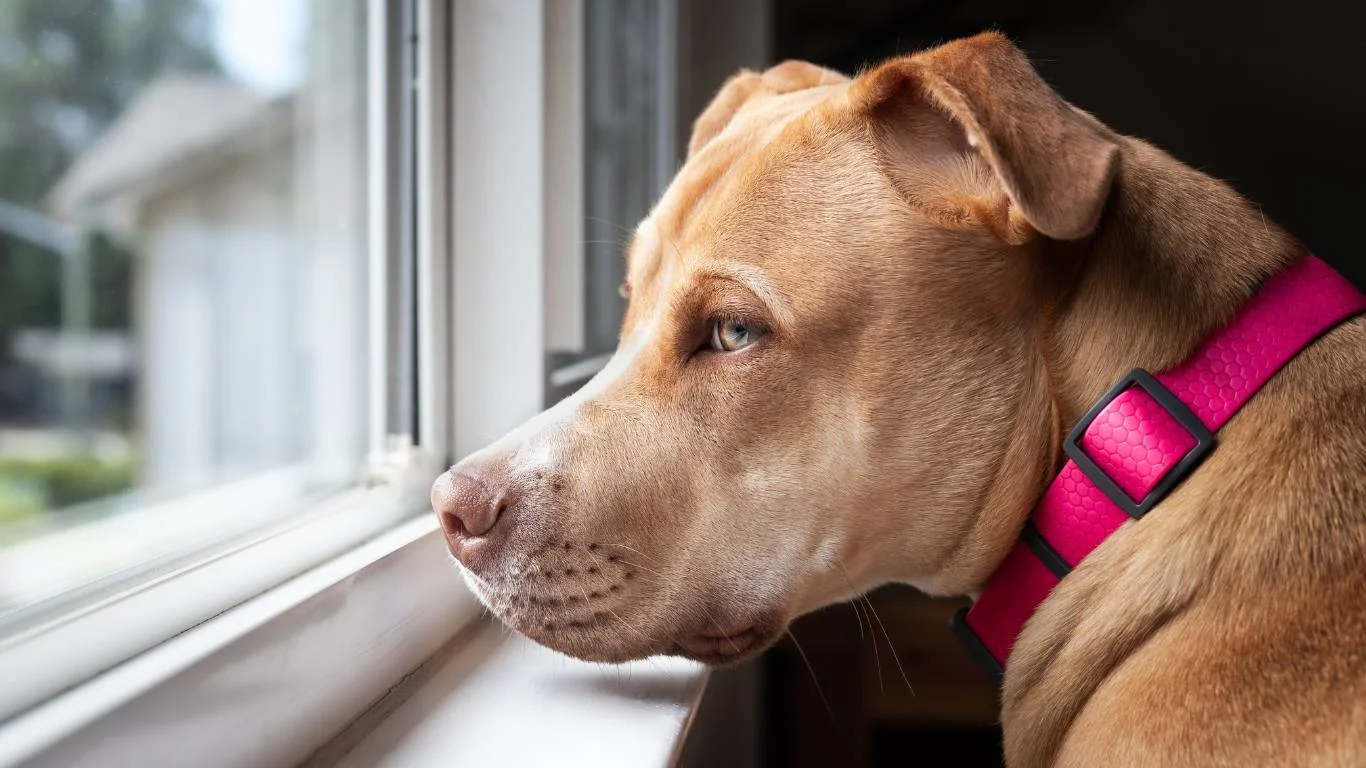
1. Know Your Dog’s Chewing Habits
Some dogs chew like it’s their full-time job, while others barely nibble their toys. Breeds like Labradors, Golden Retrievers, and Beagles are notorious for being “mouthy,” which means they explore the world using their mouths. Understanding your dog’s behavior is the first step toward preventing foreign object ingestion. If your dog loves to chew on socks, shoes, rocks, or random yard debris, you need to dog-proof your environment accordingly.
2. Keep Temptations Out of Reach
It sounds simple, but it’s something many owners overlook: pick up and secure household items. Socks, underwear, hair ties, baby toys, remote controls—dogs love these. Make a habit of closing laundry room doors, using lidded trash cans, and keeping counters clean. You’d be surprised how many emergency visits are due to something as basic as a sandwich left unattended or a squeaky toy that’s been chewed to pieces and swallowed.
3. Offer Safe Chew Alternatives
If your pup needs to chew, make sure they’ve got safe options. Durable rubber toys like Kongs (especially the ones you can fill with treats) are great. For heavy chewers, avoid rawhide or soft plastic toys that can break apart. As a nutrition-focused assistant, I always remind pet parents that some treats marketed as “digestible” can still cause blockages, especially if swallowed whole. When in doubt, ask your vet what’s safe for your dog’s size and chewing strength.
- Pro tip: Rotate toys to keep your dog interested. Bored dogs are more likely to chew the wrong things.
What to Do If It Happens Again
Let’s be real—dogs can be unpredictable. Even with all the prevention in place, accidents still happen. If your dog swallows something again (and chances are they might), don’t beat yourself up. Instead, focus on responding quickly and confidently. You’ve been through this once already, and now you’re better prepared.
Here’s a quick refresher checklist to keep handy:
- Stay calm and assess the situation.
- Determine what was swallowed, if possible.
- Watch for symptoms of choking or obstruction.
- Call your vet or local emergency animal hospital immediately.
- Follow their guidance—don’t induce vomiting unless instructed.
Having an emergency plan in place and being familiar with your nearest 24/7 animal hospital can make all the difference. A lot of clients have told me they keep a pet emergency sheet on the fridge with contact info for their vet, poison control, and local ER clinic—it’s simple, but so smart.
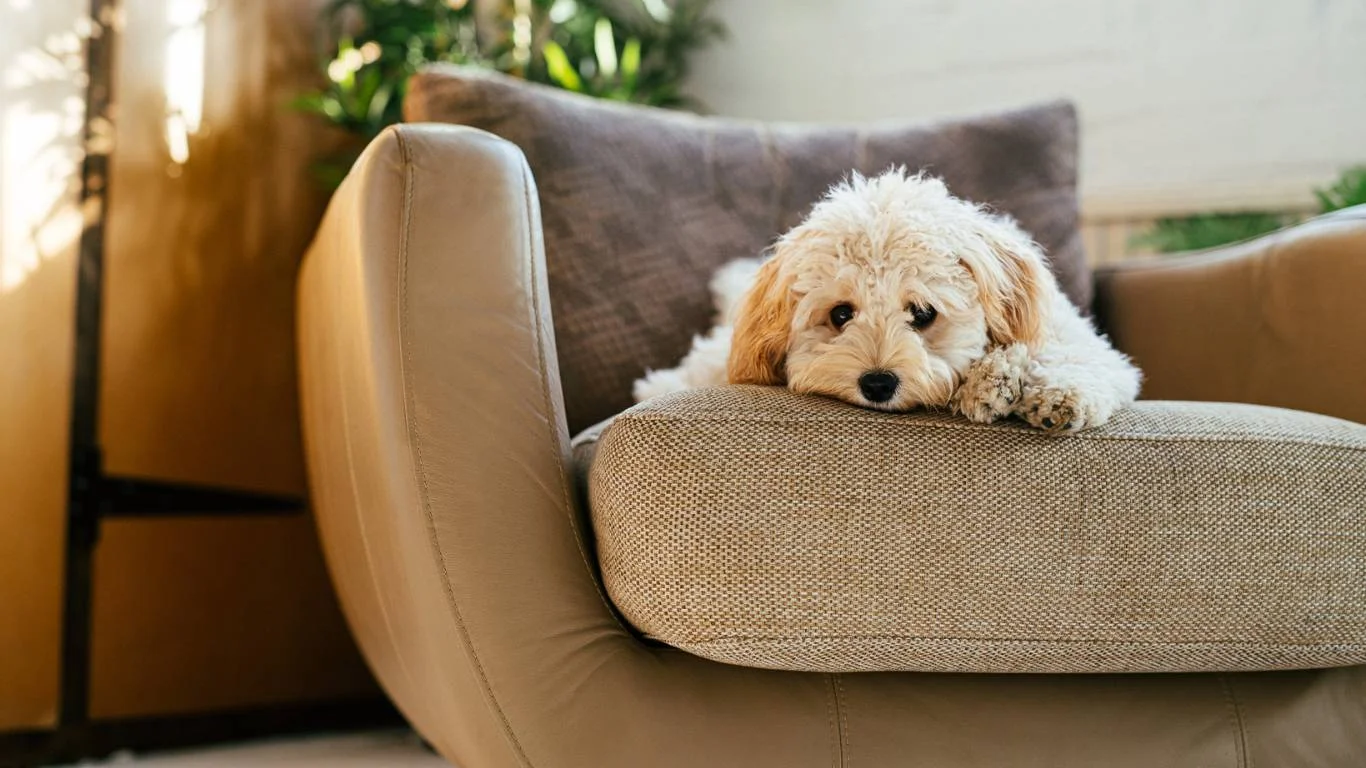
Nutrition’s Role in Reducing Foreign Object Ingestion
Something a lot of people don’t think about is how diet can affect your dog’s chewing and eating behavior. When I worked more closely with the nutrition side of vet care, I started noticing patterns. Dogs that were bored or not getting enough appropriate nutrients sometimes exhibited more pica-like behavior (pica is the urge to eat non-food items).
1. Feed a Balanced, Satisfying Diet
If your dog is consistently eating non-food objects, bring it up with your vet. They might be lacking certain nutrients or fiber, and a diet adjustment could help. Some dogs respond well to switching from a basic kibble to one with more whole-food ingredients or a higher protein content. Others may benefit from increased fiber, which can make them feel fuller longer.
2. Keep Them Mentally Stimulated
Ingesting foreign objects isn’t always about hunger—it’s often about boredom. Interactive feeding tools like puzzle feeders and slow-feeder bowls can provide mental enrichment and help satisfy their natural urge to chew and explore with their mouths. Dogs need stimulation just like we do, and keeping their brains busy can reduce the likelihood of them nibbling on something inappropriate.
Final Thoughts from the Vet Tech Trenches
I’ve held nervous pups waiting for surgery, comforted panicked owners, and celebrated with clients when their dogs passed objects naturally without needing intervention. Through it all, the biggest takeaway is this: knowing what to do if your dog ingests a foreign object is just as important as preventing it in the first place.
Whether you’re a new dog parent or have had dogs your whole life, there’s always something new to learn. Keep open communication with your vet, be proactive about your pup’s behavior and diet, and don’t underestimate how smart (and sneaky) dogs can be.
And if you’re ever unsure, always, always err on the side of caution and give your vet a call. It’s what we’re here for.
Helpful Resources
- PetMD – For detailed health guides and symptom checkers
- American Kennel Club – For breed-specific behavior and health advice
- NIH – For scientific research on animal health and nutrition
- Health.com – Occasional pet safety articles and tips
Disclaimer
This article is intended for informational purposes only and does not replace professional veterinary advice. If your pet shows any signs of illness or distress, consult a licensed veterinarian immediately. Every dog is different, and what works for one may not work for another. Always follow the advice of your vet when it comes to your pet’s health and well-being.
